Need a professional plating shop on the Gold Coast?
Camtech Engineering has invested in its own plating shop so that all the production stages are taken care of in-house. Having our own plating shop ensures that we can keep our prices down and we do not lose valuable time out-sourcing these requirements. In the past, out-sourcing meant the client incurred additional costs, as well as a delayed production schedule.
Aluminium passivating
Aluminium is prone to oxidising and even human sweat can have a severe corrosive effect on the aluminium surface.
During the production of our moulds we ensure that all our aluminium items are passivated to improve their service life.
Aluminium passivating or chromate coating is a chemical process that generates a surface shell to provide a protective layer against corrosion. Camtech’s passivating tank capacity is 500mm x 400mm x 500mm deep.
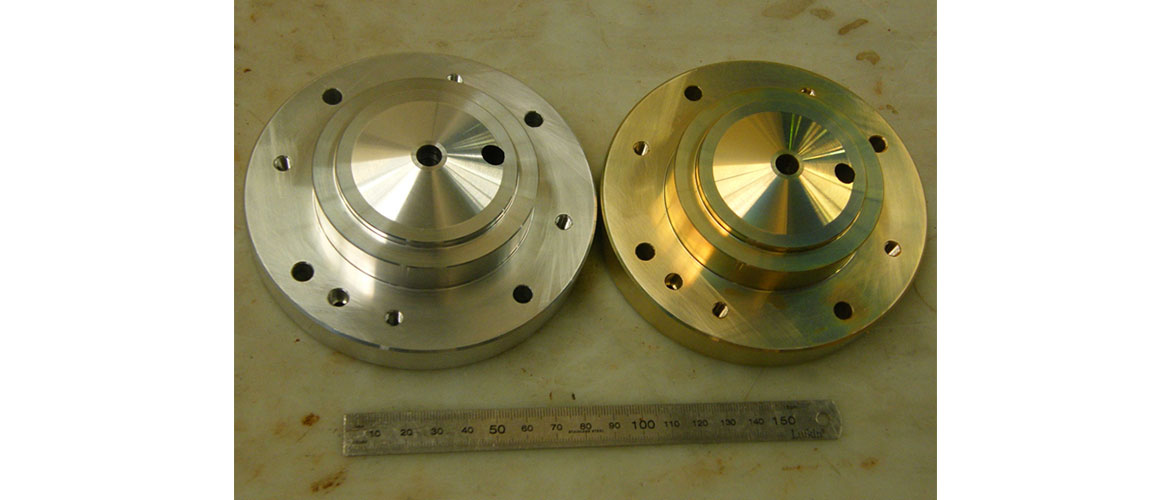
Aluminium Anodising
Aluminium is prone to oxidising and has a relatively soft surface hardness when compared to other metals used in engineering.
Aluminium anodising is an electrochemical process. This allows the generation of a decorative, durable surface shell that provides a protective layer against corrosion, abrasive resistance, and is electrically insulative.
Camtech can anodise hard and semi hard aluminium with a decorative finish, ranging from light blue through to near black.
Please note: that all steel inserts such as helicoils must be removed before the anodising process is undertaken.
Camtech’s anodising tank capacity is 900mm x 600mm x 500mm deep.
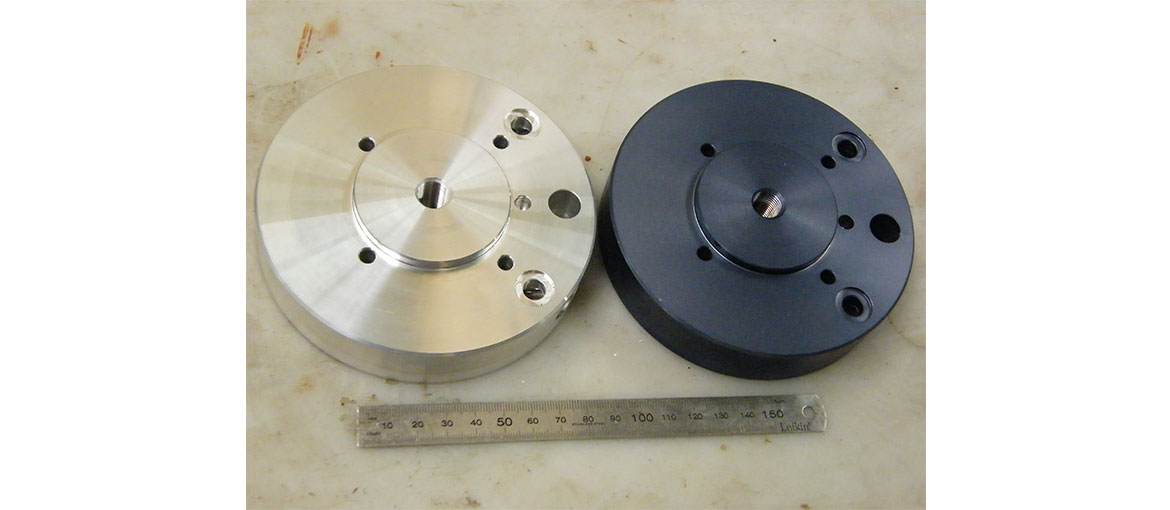
Chroming
Chroming is a process where a layer of chrome can be rapidly deposited on all common base metals. The solution that we use is a functional hard chrome and not a decorative chrome, so it is not viable for use on bumper bars, grills, etc.
Chroming has an excellent adhesion rate to the base substrate with more than 1000 N/mm² bonding strength being achieved.
Our chrome deposits are highly resistant to wear and tear, and with a minimum Vickers hardness result of 1000 HV 0.1, it makes the area highly durable.
Because of chrome’s low coefficient of friction it is ideal for moving parts.
Camtech have chromed components for many different fields and industries, ranging from hydraulic, automotive, mining, and general machining applications.
Chroming can be masked and applied to selective areas of any thickness.
Camtech have over 20 years’ experience applying hard chrome to components.
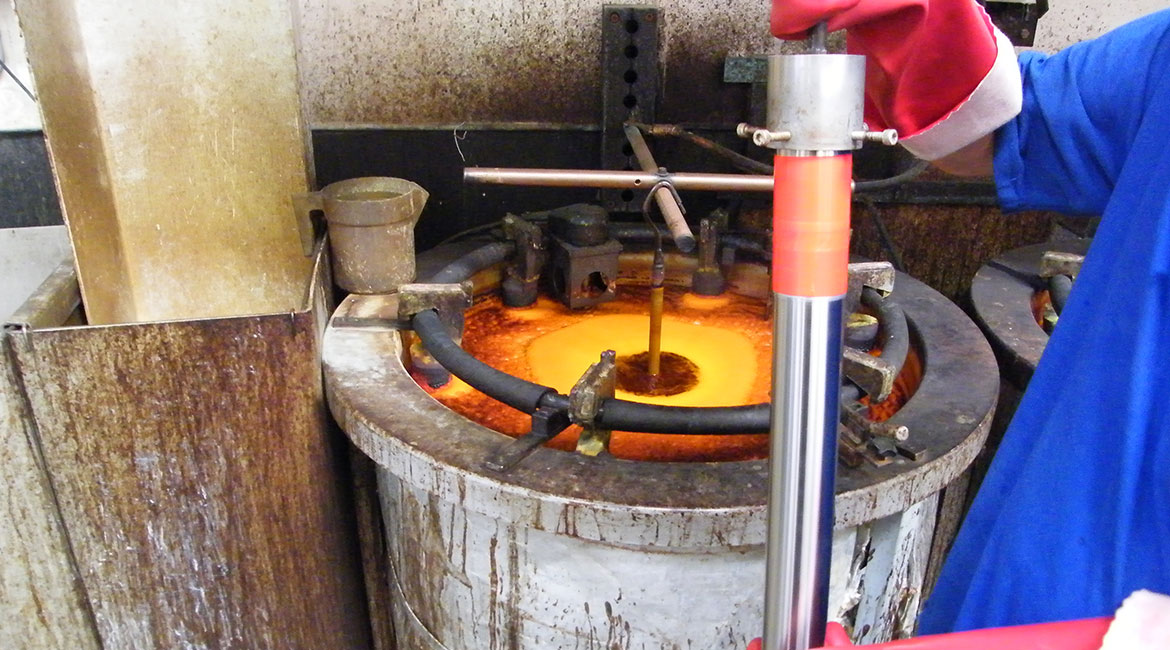
Flash Chroming
Flash chroming is an excellent treatment to stop the rusting of non-stainless-steel inserts. The treatment involves using an electrochemical process to apply a thin layer of chrome, which then provides a durable and hard wearing, low friction, corrosion resistant surface.
The thin layer of chrome can measure from 0.0005mm to 0.005mm thick and does not need grinding after application.
Camtech uses flash chroming extensively on moving shafts, particularly in areas that have critical fitment or rubbing. We have onsite, two 350 litre round tanks that we use for chroming.
Hard Chroming
Hard chroming is an excellent process that helps build up excessively worn bearing surfaces that need to be reconditioned.
Hard chroming (also known as hard chrome plating or industrial chrome plating), is an electrochemical process where a thick layer of chrome is applied to provide a durable, hard wearing, low friction, corrosion resistant surface.
Camtech uses hard chroming when refurbishing existing shafts. We grind down the worn diameter, hard chrome the entire area, then cylindrically grind it back to the correct diameter. We have hard chromed many steel components including, shafts for the automotive industry and marine industry.
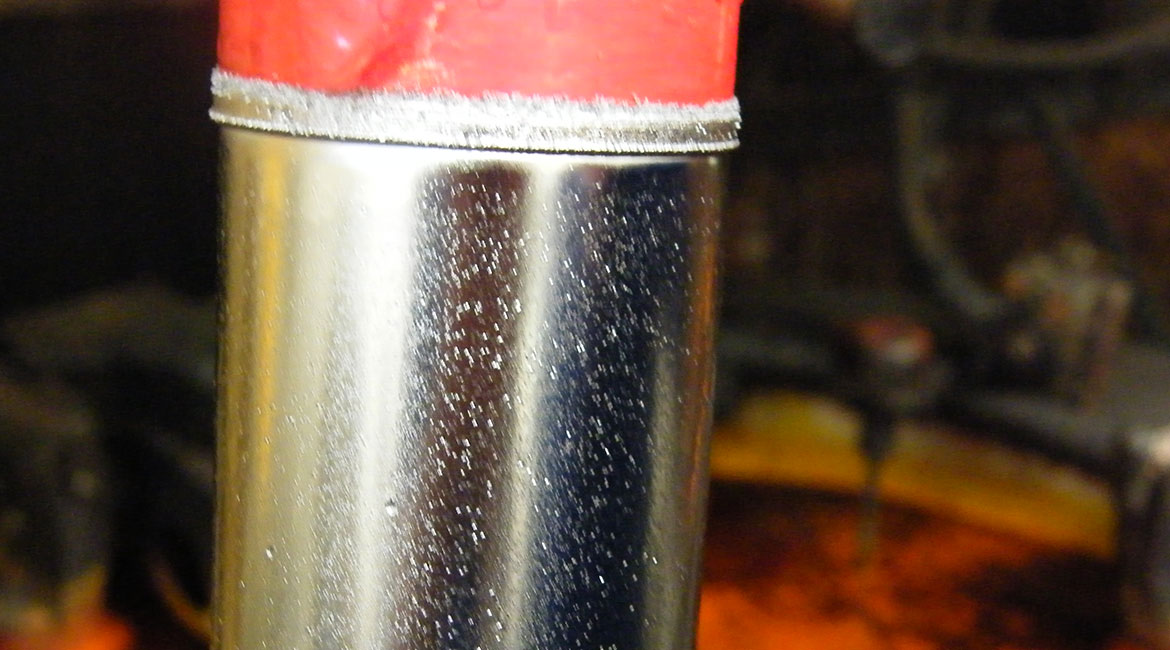
Blackening
Because ferrous metals are prone to corrosion we can apply a chemical process of blackening to create a strong barrier against humidity and other corrosive elements. Blackening is typically more cost effective than other finishing options such as painting and plating.
Blackening uses a chemical compound that bonds with a surface and has a thickness less than 0.001mm. Camtech’s blackening tank capacity is 250mm x 400mm x 150mm deep.
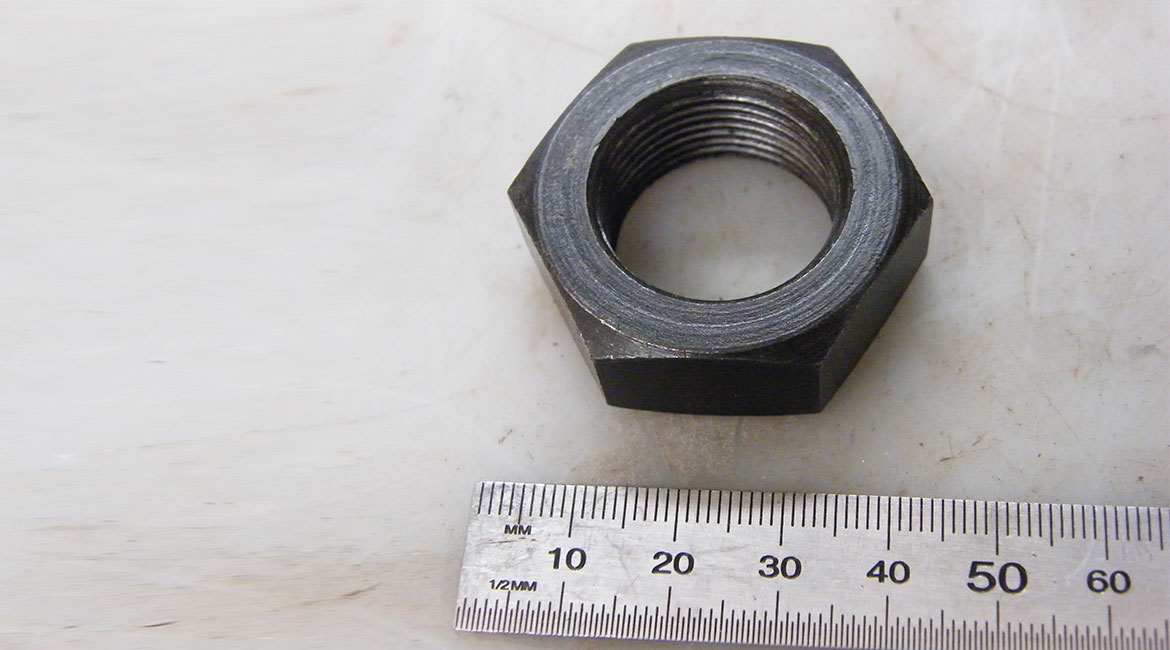
Sonic Cleaning
Sonic cleaning or ultrasonic cleaning is a process that uses sound waves and a cleaning solution to clean items. The sound waves resonate between a 20 – 400 kHz range.
Ultrasonic cleaning is used to eliminate all traces of contamination.
Inserts that have been used for an extensive period in a working environment can often have extremely difficult to remove embedded impurities. These need to be removed before any subsequent refurbishment operations can begin. Camtech use ultrasonic cleaning tanks to efficiently facilitate this cleaning procedure.
Please note: Sonic cleaning is not used for cleaning aluminium or zinc products.
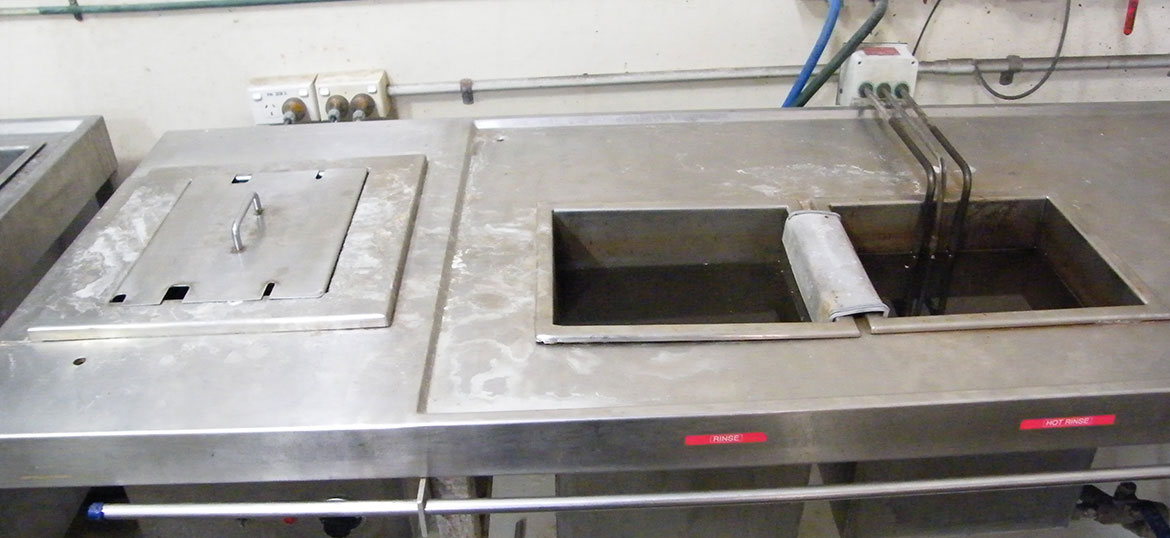
Camtech’s sonic cleaning tank capacity is 240mm x 260mm x 200mm deep.
